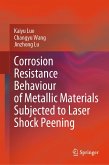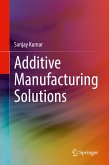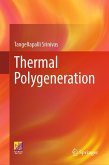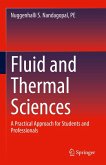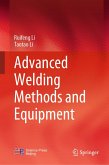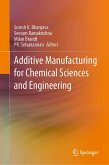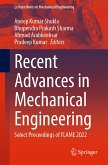This book introduces the laser hybrid additive manufacturing technology (LHAM) with alternately thermal and mechanical effects for the high-performance manufacturing of key components. Metal additive manufacturing (AM) technologies have made considerable progress in the basic theoretical field since its invention in the 1970s. However, there are still some difficulties in the coordinated control of the structure and performance, containing the challenges of "structure control" against deformation and cracking of the formed metallic components incurred by internal stress and "performance control" against poor fatigue property of formed metallic components incurred by metallurgical defects. This book surveys the most relevant papers about the influence of laser shock wave on the microstructural evolution, residual stress, metallurgical defect, and mechanical properties that have become the foundation to elucidate the principles and effects of LHAM technology. This book is separated into four parts to fully present the LHAM technology. The first part reviews the background of LHAM technology. The second part explains the theoretical basis of the thermal effects of laser additive manufacturing (LAM) and mechanical effects of laser shock peening (LSP). The other two parts specifically describe the microstructural evolution, residual stress, metallurgical defect, and mechanical properties using LHAM technology. This book benefits the audience in the field of mechanical engineering and materials sciences, since LHAM technology is suitable for the manufacturing and applications of the key components of aero-engine. The analysis in the book helps the audience deeply understand the mechanism of LHAM technology. The authors' unique thinking about LHAM technology also runs through the book, which may enlighten the audience to further develop LHAM technology.
Dieser Download kann aus rechtlichen Gründen nur mit Rechnungsadresse in A, B, BG, CY, CZ, D, DK, EW, E, FIN, F, GR, HR, H, IRL, I, LT, L, LR, M, NL, PL, P, R, S, SLO, SK ausgeliefert werden.



